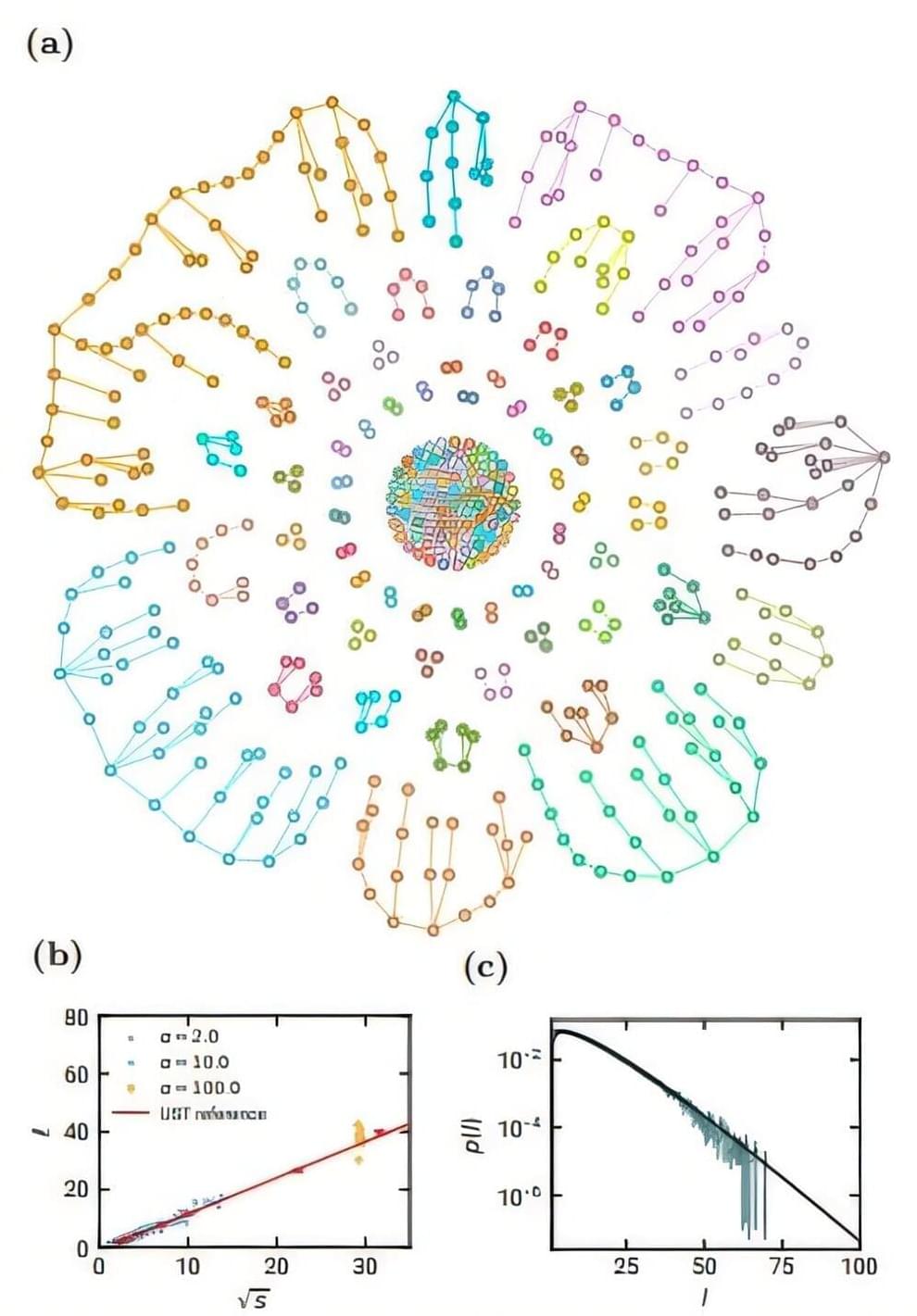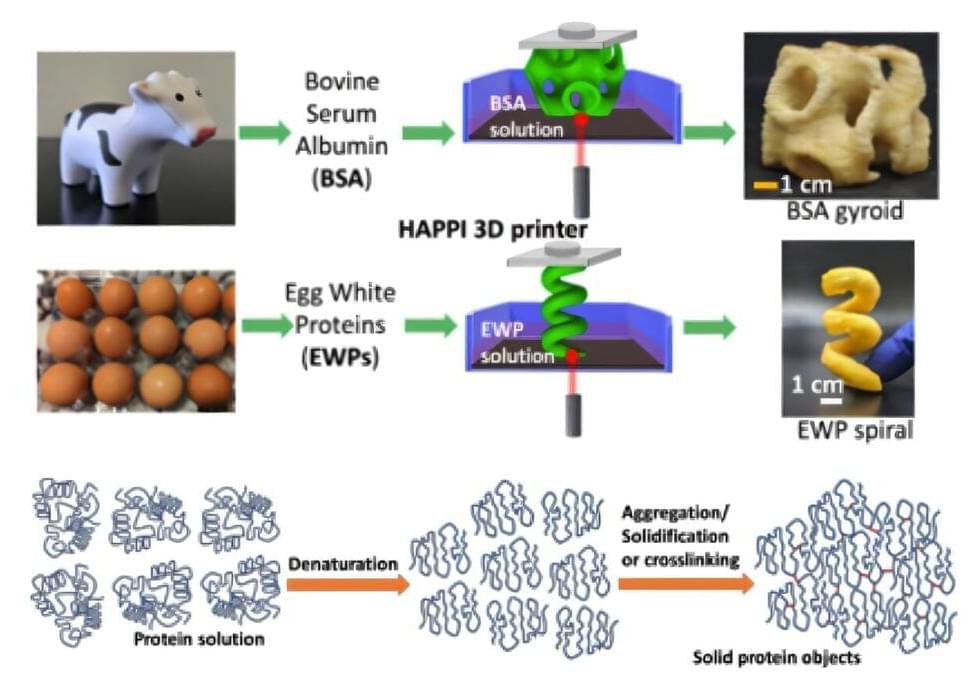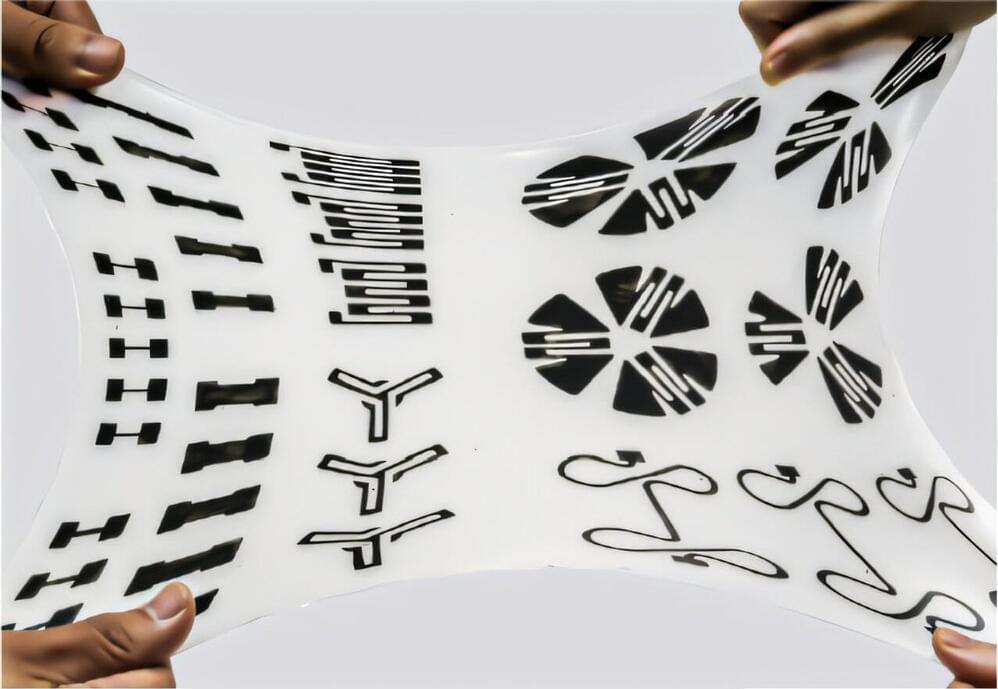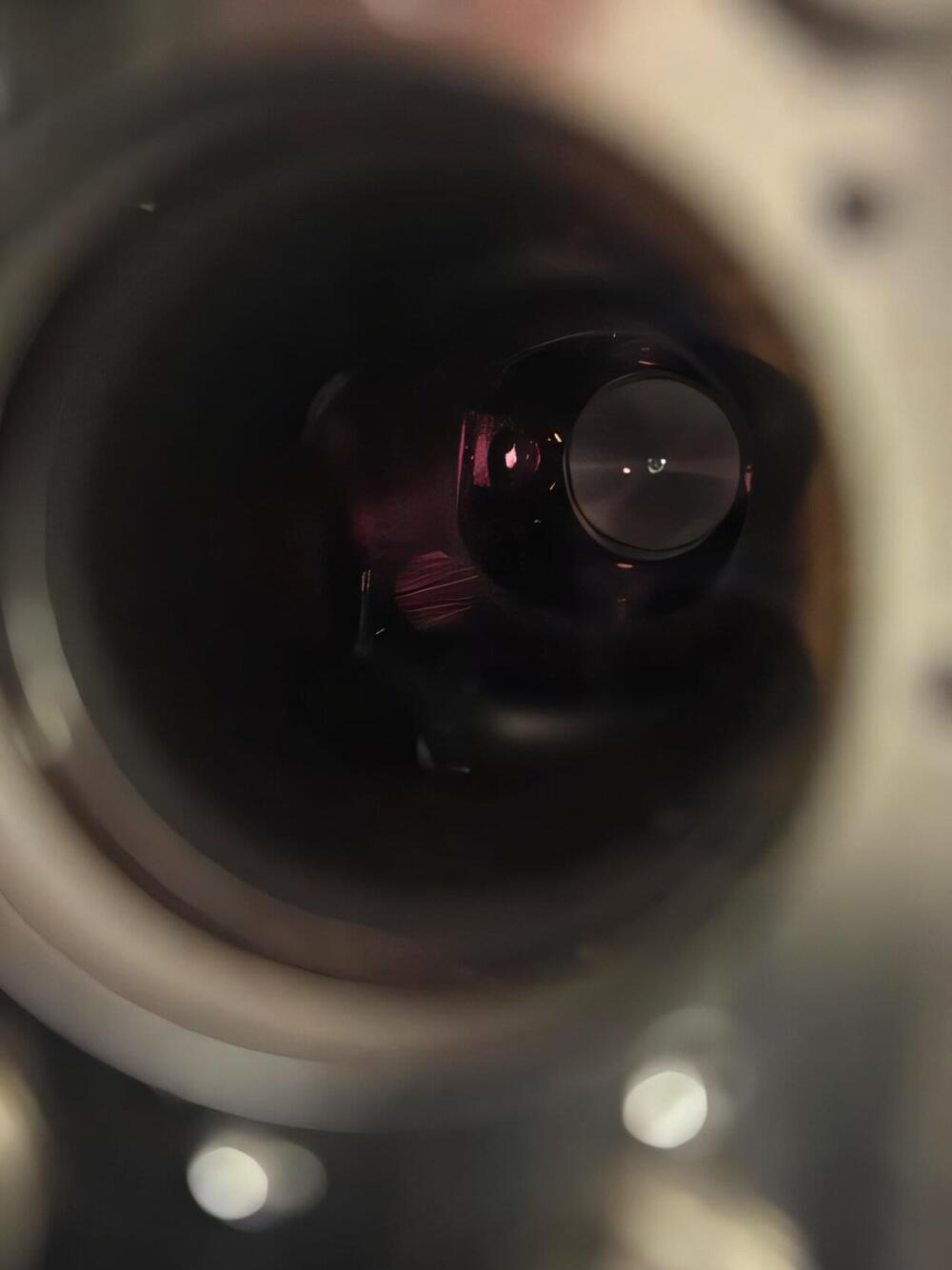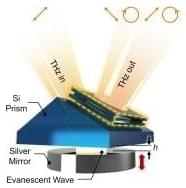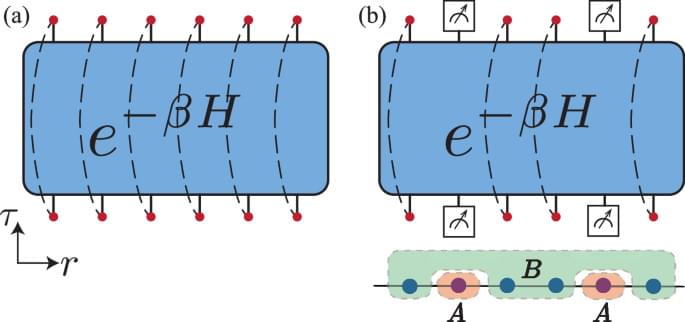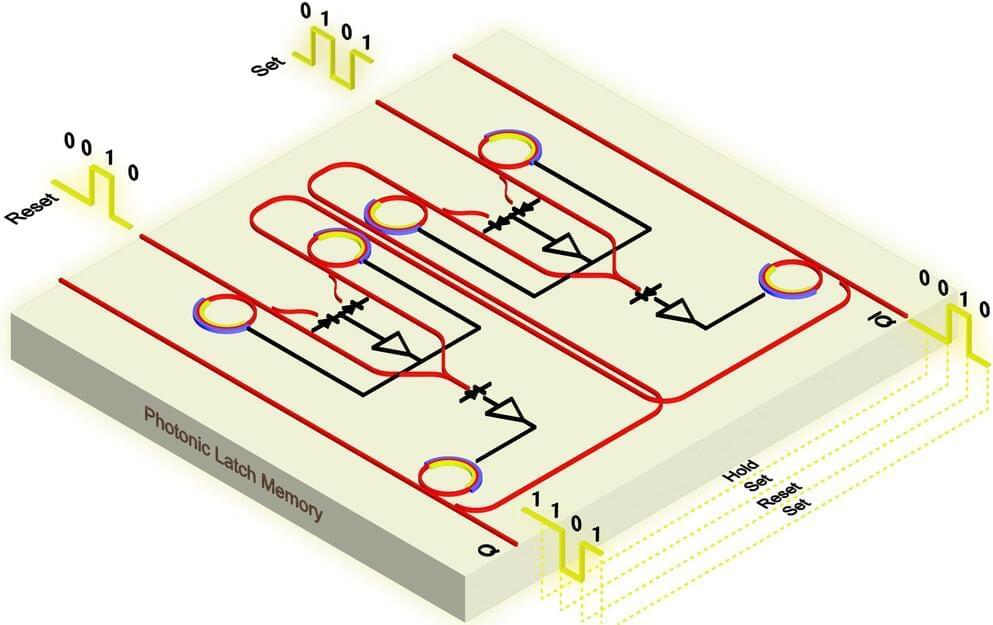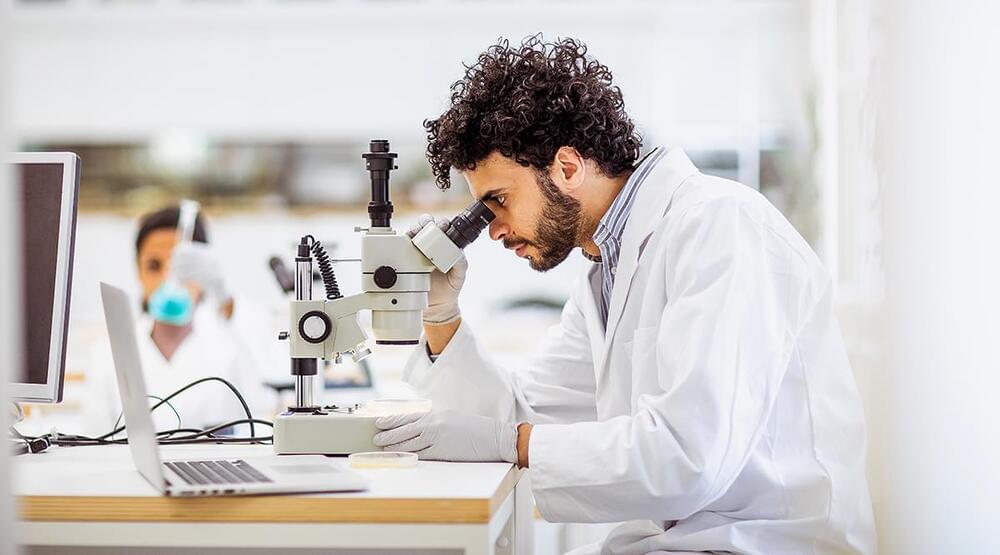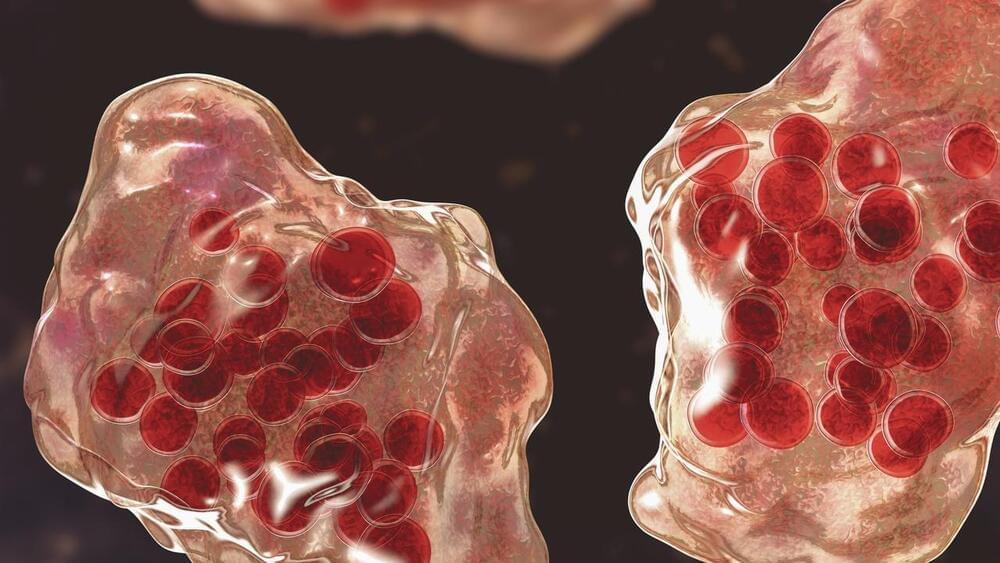While entangled photons hold incredible promise for quantum computing and communications, they have a major inherent disadvantage. After one use, they simply disappear.
In a new study, Northwestern University physicists propose a new strategy to maintain communications in a constantly changing, unpredictable quantum network. By rebuilding these disappearing connections, the researchers found the network eventually settles into a stable—albeit different—state.
The key resides in adding a sufficient number of connections to ensure the network continues to function, the researchers found. Adding too many connections comes with a high cost, overburdening the resources. But adding too few connections results in a fragmented network that cannot satisfy the user demand.
